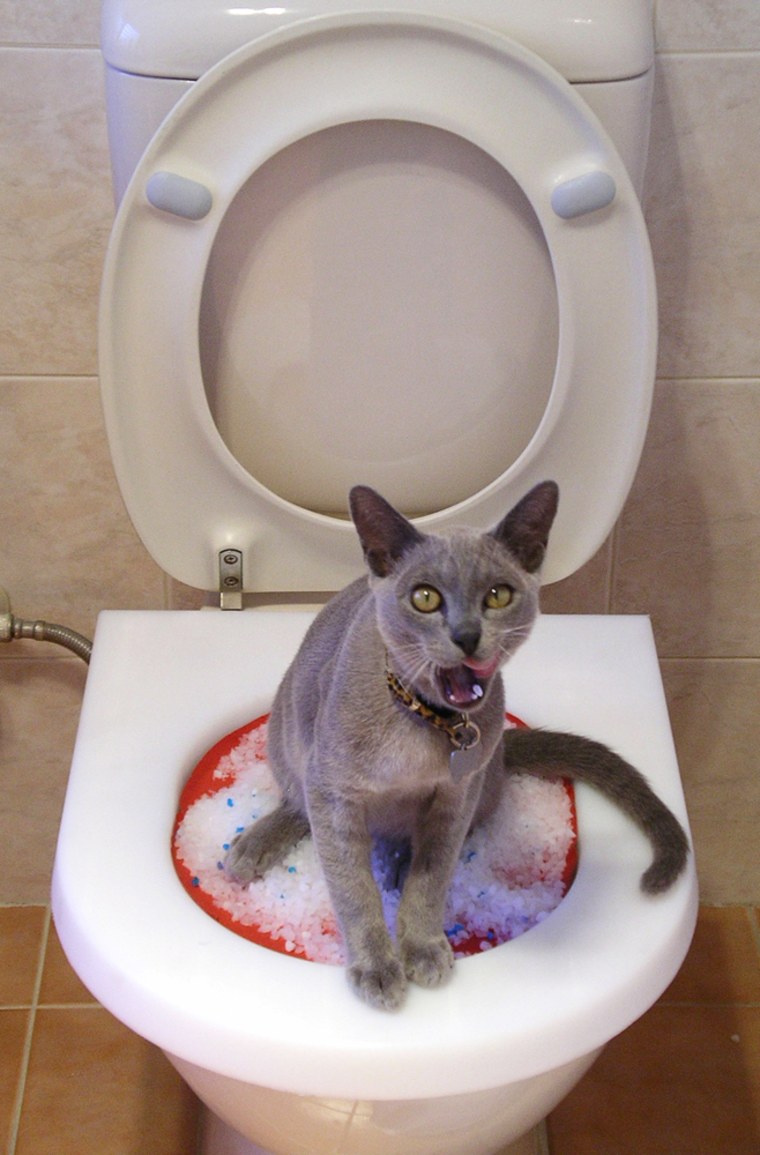Hazards of Flushing Cat Poop Down Your Toilet - Avoid Potential Issues
Hazards of Flushing Cat Poop Down Your Toilet - Avoid Potential Issues
Blog Article
Just how do you feel on the subject of Don’t flush cat feces down the toilet?
Intro
As pet cat owners, it's essential to bear in mind exactly how we deal with our feline friends' waste. While it might seem hassle-free to flush pet cat poop down the toilet, this technique can have harmful effects for both the atmosphere and human wellness.
Environmental Impact
Purging cat poop introduces harmful virus and bloodsuckers right into the supply of water, positioning a substantial danger to aquatic ecosystems. These impurities can adversely impact marine life and concession water top quality.
Wellness Risks
Along with ecological problems, flushing cat waste can also posture wellness threats to human beings. Pet cat feces may contain Toxoplasma gondii, a parasite that can cause toxoplasmosis-- a possibly serious disease, particularly for expectant ladies and people with weakened body immune systems.
Alternatives to Flushing
Luckily, there are safer and a lot more responsible methods to get rid of pet cat poop. Consider the complying with choices:
1. Scoop and Dispose in Trash
The most typical approach of dealing with feline poop is to scoop it right into an eco-friendly bag and throw it in the trash. Be sure to utilize a specialized trash inside story and take care of the waste without delay.
2. Usage Biodegradable Litter
Go with eco-friendly pet cat clutter made from products such as corn or wheat. These trashes are environmentally friendly and can be safely dealt with in the garbage.
3. Hide in the Yard
If you have a lawn, consider hiding feline waste in a designated location away from vegetable yards and water sources. Be sure to dig deep enough to prevent contamination of groundwater.
4. Install a Pet Waste Disposal System
Buy a family pet waste disposal system specifically made for feline waste. These systems make use of enzymes to break down the waste, lowering smell and ecological influence.
Final thought
Responsible animal ownership expands beyond providing food and sanctuary-- it also involves appropriate waste monitoring. By refraining from flushing feline poop down the bathroom and going with alternative disposal methods, we can reduce our environmental footprint and safeguard human health and wellness.
Why Can’t I Flush Cat Poop?
It Spreads a Parasite
Cats are frequently infected with a parasite called toxoplasma gondii. The parasite causes an infection called toxoplasmosis. It is usually harmless to cats. The parasite only uses cat poop as a host for its eggs. Otherwise, the cat’s immune system usually keeps the infection at low enough levels to maintain its own health. But it does not stop the develop of eggs. These eggs are tiny and surprisingly tough. They may survive for a year before they begin to grow. But that’s the problem.
Our wastewater system is not designed to deal with toxoplasmosis eggs. Instead, most eggs will flush from your toilet into sewers and wastewater management plants. After the sewage is treated for many other harmful things in it, it is typically released into local rivers, lakes, or oceans. Here, the toxoplasmosis eggs can find new hosts, including starfish, crabs, otters, and many other wildlife. For many, this is a significant risk to their health. Toxoplasmosis can also end up infecting water sources that are important for agriculture, which means our deer, pigs, and sheep can get infected too.
Is There Risk to Humans?
There can be a risk to human life from flushing cat poop down the toilet. If you do so, the parasites from your cat’s poop can end up in shellfish, game animals, or livestock. If this meat is then served raw or undercooked, the people who eat it can get sick.
In fact, according to the CDC, 40 million people in the United States are infected with toxoplasma gondii. They get it from exposure to infected seafood, or from some kind of cat poop contamination, like drinking from a stream that is contaminated or touching anything that has come into contact with cat poop. That includes just cleaning a cat litter box.
Most people who get infected with these parasites will not develop any symptoms. However, for pregnant women or for those with compromised immune systems, the parasite can cause severe health problems.
How to Handle Cat Poop
The best way to handle cat poop is actually to clean the box more often. The eggs that the parasite sheds will not become active until one to five days after the cat poops. That means that if you clean daily, you’re much less likely to come into direct contact with infectious eggs.
That said, always dispose of cat poop in the garbage and not down the toilet. Wash your hands before and after you clean the litter box, and bring the bag of poop right outside to your garbage bins.
https://trenchlesssolutionsusa.com/why-cant-i-flush-cat-poop/

Do you enjoy more info about How to Dispose of Cat Poop and Litter Without Plastic Bags? Place a remark further down. We'd be pleased to find out your suggestions about this page. We are looking forward that you visit us again in the future. Sharing is good. Helping others is fun. Thanks so much for your time invested reading it.
Free Estimates Report this page